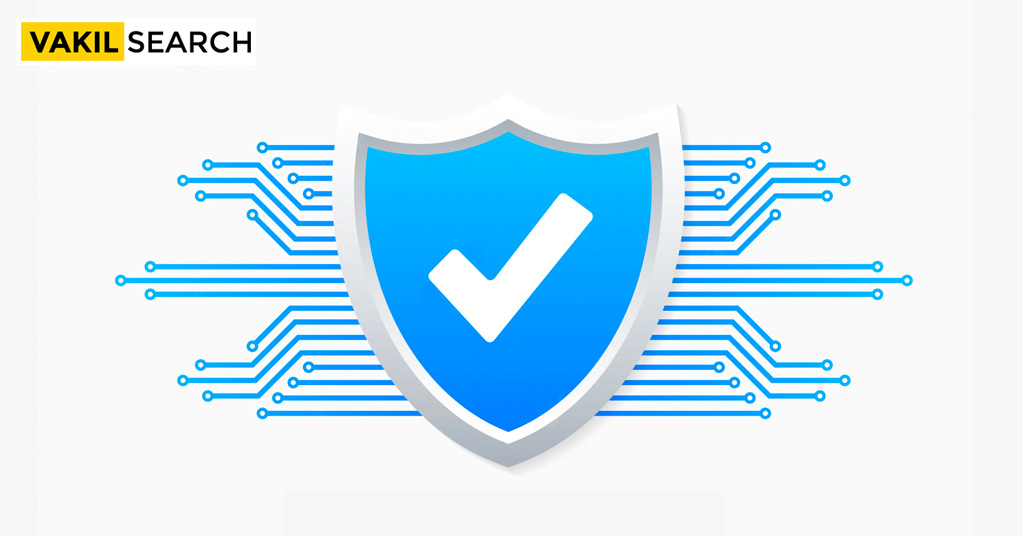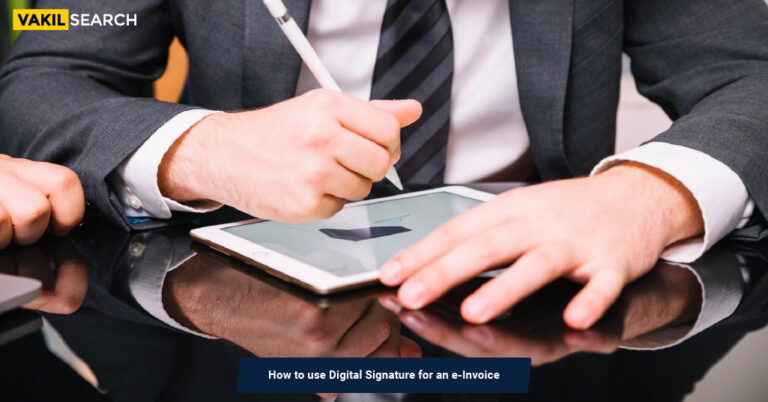Read this blog to understand what makes digital signatures secure for businesses and why it is the need of the hour for every business owner in the country.
What Makes Digital Signatures Secure: The digital transformations for businesses have brought wonders to the organization. With that, the environment of remote work has also increased. That calls for documentation over the electronic media to streamline the process of individuals and organizations. The term given to it is Digital Signatures which allows organisations or individuals to virtually sign documents reducing the hassle of hand-written signatures.
What set this innovative step toward the future is the epidemic that forced every individual to stay at home. When the transfer of handwritten signatures could cause the spread of viruses, electronic media was the safest alternative. Let’s learn more about the Digital Signatures that changed the confidentiality aspect around the world and made it more secure for individuals and organizations.
What is Digital Signature and How does it Work?
Digital Signature or Digital Signature is a stamp that is created electronically. It is encrypted with digital information to authenticate documents over emails, messages, macros, and various other platforms. It is used to ensure the authenticity of the document by making sure of its origination from the signer.
The basic idea of the cypher is used in the digital signatures as well. The sign is electronically embedded in the document through a secure key or a private key. That private key needs to be matched with the public key for the document to verify the Signature. If there is any change in the document after the signature, the signature will be rendered invalid.
All of the technical aspects are done through the Public Key Infrastructure (PKI). It is one of the prerequisites for the digital signature. The PKI creates two important keys – private and public keys. One is for the signer and the other is for the universal purpose of the document. When the keys match, the document is verified for the signature and the person evaluating the document will know that the document is authentic.
If there is any change in the document after the signature, the public key is altered that immediately changes the signature validation. It keeps the documents’ authenticity in check making them more secure for the users. The mathematical algorithm working behind the digital signatures is indeed advanced and creates a secure environment for sharing data with rightful authorization over the internet.
How Does Digital Signature Assure Authenticity and Security
The digital signature secures the confidential information in place with certain assurances. These assurances make the Digital Signature valid and ensure the originality of the documentation.
Authenticity
The digital signature ensures that the document is rightfully signed by the signer. It checks the key and provides rightful feedback for the authenticity of the document. The digital signature ensures that the document is coming from the rightful source with the contents being administered by the signer.
Integrity
The Digital Signature ensures that the document did not tamper in any way. With the digital key and certification, the document is checked for any tampering. It further ensures that the integrity of the document is maintained.
Non-Repudiation
If the signer tends to deny the fact that the signature is not theirs, the digital signature comes in handy. It confirms the origin of the contents and offers genuine support to the documentation’s signature as the keys can be traced back to their origin.
Notarization
With Digital Signatures comes eNotarization. Though it is another topic at large, it allows the digital signatures to be valid across a range of official documents. Signing electronic documents are becoming easy and are being universally accepted by the public and businesses.
These are the four assurances that the digital signatures present to the signers, individuals and organizations. With global recognition for confidential document sharing, digital signatures are becoming more safe and secure for everyday use. But people still have questions regarding it and compare Digital Signatures with the physical ones.
Certification in Digital Signature
With Digital Signatures becoming a prevalent mode of signatures, the certifying authorities also took to the digital grounds to license online certifications. These are called the Digital Signature Certificate Online which are secure digital keys used exclusively for validation and identity certification. There are three classes of DSC that are based on different sectors and requirements.
Class 1
The Class 1 DSC is used by individuals and private subscribers. It certifies the digital signatures that carry names and email IDs of the Digitial Signature Certificate Holder. It is completely just to confirm the contact details and the user’s name and makes the certificate valid for documentation at lower levels.
Class 2
Class 2 Certificates, on the other hand, can be used by the CEOs and Directors to file Income Tax Returns, GST Returns, and other government e-Forms. This class of certification is majorly used by the government with the higher business profile individuals for the government forms and thus needs extra security and authentication.
Class 3
Last but not least is the Class 3 DSC which is extremely crucial for online tenders and e-auctions. It is required for bidding purposes and keeps higher certification authenticity. As there are large sums of money involved and ownership is needed to be transferred, the Class 3 certificates provide high levels of security.
Physical Signature vs Digital Signature
Both types of signatures have their value in the world of confidentiality and document sharing. Let’s look at the difference between the two.
| Physical Signature | Digital Signature |
| Physical Signature needs you to sign the document by putting the physical signature directly onto the paper. | A digital signature uses a unique and crucial parameter for the identification of the signature through digital media. |
| With a high level of expertise and low security, the Physical SignatureSignature is vulnerable to copies. | Through certification authorities, digital private and public keys and high security for confidentiality, it is near impossible to copy the Digital Signature. |
| There is a lack of privacy in the contents of the document. It largely depends on the trusted authority you are handing the documents over. | The Digital Signature is channelled through encryption and requires authentication and matching of mathematical algorithms each and every time for the privacy aspect. |
| There is no way to protect the information inside the document. The data is enveloped with a physical sheet of paper and plastic that can be torn and read. A physical signature doesn’t protect the content or add to privacy. | Digital Signature protects the contents of the document through proper codes. If there is any tamper, it will become evident to the person reading the document as the signature becomes invalid. |
Hence, you got a direct comparison between the two types of Signatures. However, there are more types of signatures that we will discuss in further blogs.
Conclusion
In conclusion, the digital signature is one of the safest ways to sign a document today. Even the government of India has recognized the use of Digital Signatures and provided the right means for the certification of these signatures. Companies, individuals and various other areas of work accept that digital signatures nowadays provide a greater level of privacy than physical signatures.
These Digital signatures become more secure with the right authorities working to make it safer for the users. And with the right class certification, the signatures become one of the most important aspects of the trade, union and confidential documentation today.
Also, Read:










